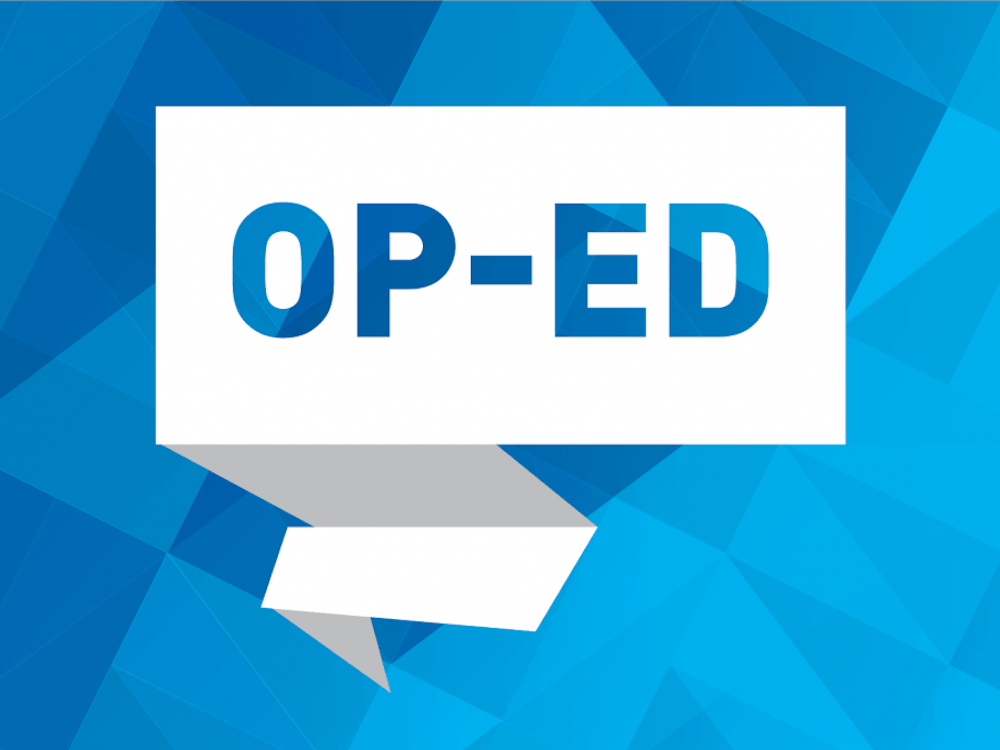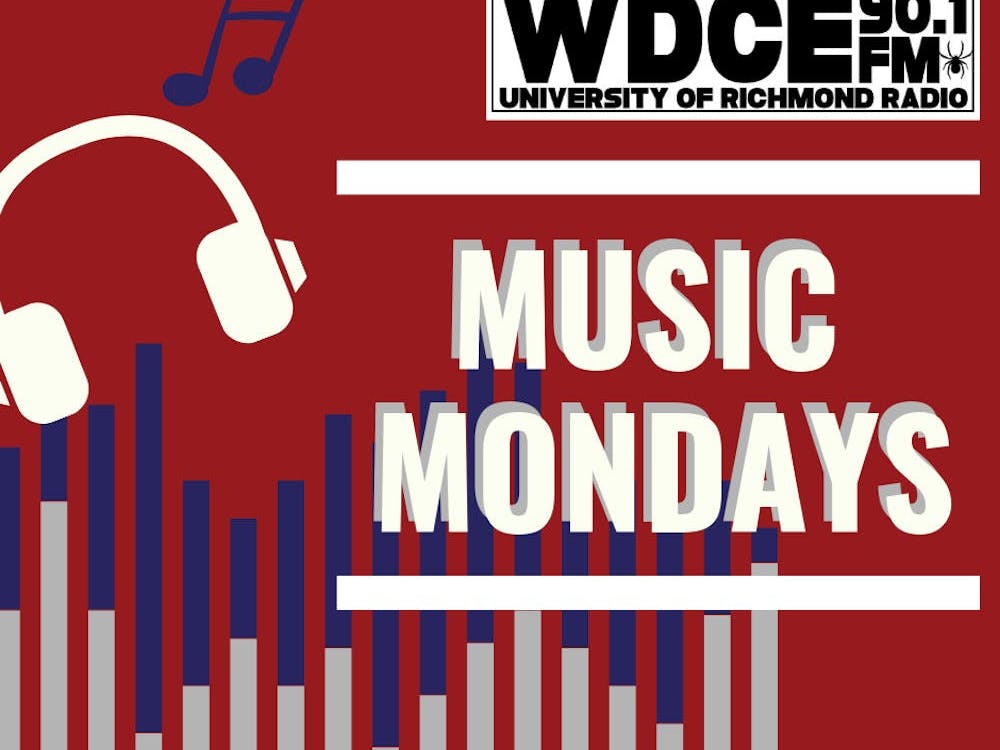It has been over a week since the fall 2015 school semester started, and students are becoming locked into their academic routines. By this time, students are confident that their schedules are filled with general education requirements, classes related to their major or even an internship. Community-based learning courses, however, are overlooked by many students despite their importance in education.
CBL courses provide students the chance to take classroom discussion outside University of Richmond walls and into the community. Students in CBL courses “act as co-educators rather than passive recipients” according to the CBL portion of Richmond’s website. Terry Dolson, the community-based learning manager, defines CBL classes as “anytime a class connects with the community for the purpose of student learning.”
Analyzing data for non-profits, extending volunteer service and teaching course material in prisons are just some of the ways the classes have incorporated community-based learning. The exposure to social needs and issues in Richmond empowers students by giving them the knowledge necessary to participate in the community they live in. Regardless of whether or not students are from Richmond, they can still assume leadership and create change utilizing the experience they gain from CBL coursework.
But CBL courses are not just important for students.
Faculty of CBL courses are given creative outlets for teaching. The broad definition of CBL classes challenges professors to apply their subject material to issues in the city of Richmond. Professores aim to create a “reciprocal relationship,” which Dolson defines as “filling the local need as well as the learning need of the students.”
So why are CBL classes, which fully engage students and professors with the community of Richmond, less likely to be a factor when students are registering for classes?
The CBL courses are not identified on Bannerweb as CBL classes, which creates an extra step for students to find them. Students can find out about the community elements of their classes from other students and professors, but this poses problems for freshmen and transfer students, who are less likely to hear about these classes by word of mouth. The CBL courses for upcoming semesters are not listed on the University of Richmond website, as they are only posted after the semester is over.
In the Center for Civic Engagement's 2014-2015 annual report, it was reported that 2,519 seats were available to students for CBL courses. This figure does not represent the amount of students in the classes, since some students were in multiple CBL classes and their seats were counted twice.
The annual report also reveals that CBL courses span across all 5 of Richmond’s academic schools. The ability to incorporate the community across academic disciplines represents the potential of these classes to benefit students regardless of major or minor.
There is no written criterion that defines a class as a CBL, which allows for professors to have flexibility in designing such classes. However, it does not allow students to easily recognize this valuable component of the class before they are already into the semester. Most students will enroll in CBL courses by accident, and this does not do justice to value of the classes.
Students need to be informed about CBL courses upon registering for classes, in order to put them in the best position to include this essential coursework into their education.
Enjoy what you're reading?
Signup for our newsletter
Support independent student media
You can make a tax-deductible donation by clicking the button below, which takes you to our secure PayPal account. The page is set up to receive contributions in whatever amount you designate. We look forward to using the money we raise to further our mission of providing honest and accurate information to students, faculty, staff, alumni and others in the general public.
Donate Now

